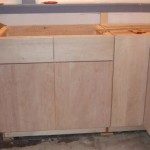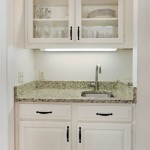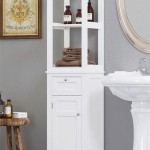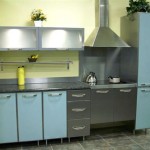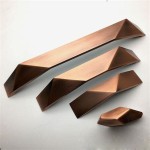Bringing Life to Your Kitchen Cabinets: Essential Tips for Japanese Interiors
The kitchen is the heart of the home, and the cabinets play a vital role in its functionality and aesthetics. In Japanese interiors, kitchen cabinets are not just for storage; they are an integral part of the overall design. Whether you're renovating your existing kitchen or designing a new one, here are some essential aspects to consider to bring life to your kitchen cabinets in Japan:
Material Selection
The material of your kitchen cabinets will have a significant impact on their appearance and durability. In Japan, popular materials for kitchen cabinets include:
- Wood: Natural wood provides a warm and inviting atmosphere. Oak, walnut, and cherry are popular choices in Japan.
- Laminate: Laminate is a budget-friendly option that comes in a wide variety of colors and patterns.
- Thermofoil: Thermofoil is a durable and heat-resistant material that is available in a seamless finish.
Color and Finish
The color and finish of your kitchen cabinets will determine the overall tone of the space. In Japanese interiors, light and neutral colors such as white, beige, and gray are often used to create a sense of openness and tranquility. Glossy finishes reflect light and make the cabinets appear larger, while matte finishes add warmth and sophistication.
Style and Design
The style and design of your kitchen cabinets should complement the overall design of your home. In Japan, minimalist and contemporary styles are popular, but traditional Japanese elements can also be incorporated for a unique touch. Consider the shape, size, and hardware of your cabinets to create a cohesive look.
Storage Solutions
Japanese kitchens are often compact, so maximizing storage space is essential. Utilize vertical space with tall cabinets and incorporate drawers, shelves, and organizers to keep utensils, appliances, and dry goods within easy reach.
Lighting
Proper lighting is key to illuminating your kitchen cabinets and creating a functional workspace. Consider under-cabinet lighting to provide task lighting for food preparation and recessed lighting to brighten the overall area.
Accessories
Accessories can add personality to your kitchen cabinets. Consider adding knobs, pulls, or handles in different shapes and materials to suit your style. Open shelving can also be used to display cookbooks, plants, or decorative items.
Conclusion
By considering these essential aspects, you can bring life to your kitchen cabinets in Japan and create a functional and stylish space that reflects your personal taste. From material selection to accessories, every detail contributes to the overall aesthetics and functionality of your kitchen. By incorporating these tips, you can transform your kitchen into a space that is both beautiful and efficient.

15 Elegant Japandi Kitchen Ideas For Minimalist Style Lord Decor

A Guide To Japandi Kitchen Our 6 Best Design Tips

Japandi Kitchen Design A Guide To Combining Japanese And Scandinavian Aesthetics

8 Essential Design To Creating A Japandi Kitchen Oppolia

8 Essential Design To Creating A Japandi Kitchen Oppolia

Discover The Beauty Of Japanese Kitchen Design With These Timeless Ideas In 2024 Traditional

A Guide To Japandi Kitchen Our 6 Best Design Tips

Minimalism In Harmony With Nature Discover The Japandi Style Kitchen

15 Modern Kitchen Inspirations For A Contemporary Look

Kitchen Archives Oppolia Design Build Luxury Home Cabinet Maker
Related Posts


